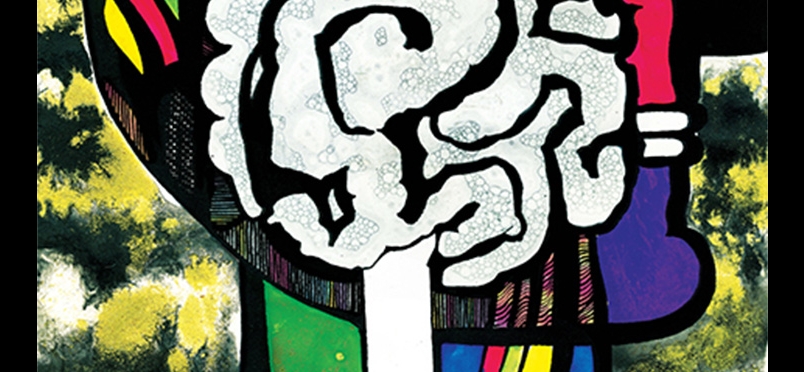| medication
Protect More Children: Better Storage Practice, Improved Packaging

Results of a national survey conducted by researchers at Johns Hopkins Bloomberg school of Public Health conclude that up to 70% of opioid prescriptions kept in homes with children are not being safely stored. Safe storage was defined by the survey as having the medication in a locked or latched place, for homes with young children, and in a locked place for homes with older children. The study covered 681 adult users of opioid prescriptions who had children up to age 17 living in the home. Overall, 31% of respondents reported practicing safe storage; in homes with children aged 7 to 17, safe storage was reported by just 12%. In a corollary finding, only 13% of respondents overall reported worrying over children’s access to their opioids, with significantly less concern expressed in homes with older children. The findings are reported in the latest edition of Pediatrics.
Lead author Eileen McDonald, MS, commented “Our work shines a light on the pervasiveness of unsafely stored opioids in American homes with children. Unsafely stored opioids can contribute to accidental ingestions among younger children and pilfering by older children, especially high school students.” The authors conclude that their work points to the need both for more intensive education on the importance of safe storage, and to the need for improvements in current child-resistant packaging technologies. “Smart” packaging that permits access only by the prescribed patient is essential to the safety of older children and teenagers, they contend.
Read more about the survey conclusions here.
The journal article may be read here.
Did you enjoy this article?
Subscribe to the PAINWeek Newsletter
and get our latest articles and more direct to your inbox